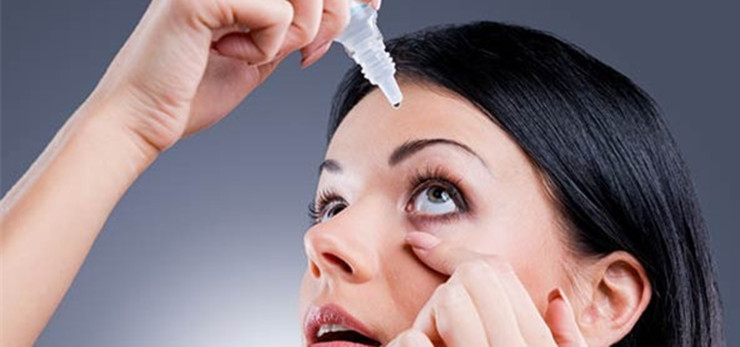Pearl plum
Name: Pearl plum Subjects: Shrubs Season: June-August Region: China Sorbaria kirilowii (Reqel) Maxim Family is: Rosaceae pearl plum Form: Shrub, up to 2 meters. Branches spreading; branchlets curved, glabrous or slightly pubescent, green when young, dark yellowish brown or dark reddish brown when old. Winter buds are ovate, blunt-ended, glabrous or puberulous, purple-brown, with several scales. Oddly pinnate compound leaves, 7-17 leaflets, petiole 13-23 cm long, leafy slightly pubescent; stipule leafy, ovate-lanceolate to triangular-lanceolate, margin irregularly serrate Or entire, 8-13 mm long, 8 mm wide; leaf blade opposite, sessile or subsessile, 2-2.5 cm apart, lanceolate to ovate-lanceolate, 5--7 cm long, 1.8-1.8 cm wide -2.5 cm, base rounded, broadly cuneate, occasionally oblique, apex acuminate, sparsely caudate-acuminate, margin sharply serrate, glabrous on both surfaces or subglabrous, pinnately veined, with lateral veins 12-16 pairs On the reverse side, the terminal panicles are large, and the total pedicels and pedicels are stellate hairs or pubescent, gradually falling off in fruit; flower diameter 10-12 mm; calyx tube campanulate, slightly pubescent outside, calyx lobes. Trigonous ovate, apex acute; petals oblong or obovate, 5-7 mm long, 3-5 mm wide, white; stamens 40-50, 1.5-2 times longer than petals, born at disk edge; carpels 5 ovary pubescent or glabrous. Fruit oblong, with a curved style of the top; fruit stems erect, persistent sepals folded, dilute. Flowering from July to September, fruiting from September to October. Origin and habits: Hebei, Shanxi, Shandong, Henan, Shaanxi, Gansu, and Inner Mongolia are all distributed. Happiness and resistance to shade, cold, strong, do not choose the soil. Sturdy, resistant to pruning. It grows quickly. Reproduction: sowing, cuttings and propagation. Application: Pearl plum blossom, leaf Qingli, flowering period is very long and summer season, flowering season is very popular in garden applications. ã€Alias】Sorghum and Yagi ã€Source】 Rosaceae Pearl Scented Sorbaria sorbifolia (L.) A. Brown, used as a bark, shoots and ear. In the spring and autumn, stems and branches are used for the skin drying; autumn and winter harvesting ears, dried, and powdered. ã€Tropism】Bitter, cold. poisonous. ã€Indications】 blood circulation, swelling and pain. Used for fractures, bruises, red and swollen joints, and rheumatoid arthritis. [Usage and dosage] bark, ear 2 to 4 points, research powder swallow; branches 3 to 5 money, Shuijianbi. Apply a suitable amount of ground powder to the affected area. ã€Remarks】 (1) There are nausea, vomiting and other symptoms of poisoning. Light service licorice water, severe symptomatic treatment. ã€Excerpt】《National Herbal Medicine Collection》
Hyaluronic Acid Eye Drops Sodium Hyaluronate (HA), Pure Hyaluronic Acid could be used in eye
surgery, such as Hyaluronic Acid Eye Drops, corneal transplantation, cataract surgery, glaucoma surgery,
and surgery to repair retinal detachment.
Eye Drop Grade Hyaluronic Acid Powder is an important component of intercellular substance, eye vitreous body,
joint fluid and other connective tissue. It acts the important physiologic
roles in holding body's moisture, maintaining extracellular space, adjusting
osmotic pressure, lubricating and promoting cells to repair in the body. Sodium
Hyaluronate can be used as viscoelastic agent inintraocular lens implantation
operation, as the filler in the osteoarthritis and rheumatoid arthritis and
otherjoint surgery, as a medium widely used in eye drops, it also can be used
to prevent postoperative adhesion and facilitate the wound heal. The compounds
formed by the reaction of Sodium Hyaluronate with other drugs play a drug
release effect role, thus achieve the purpose of drug targeted and time
controlled release.
With the development of medical technology, Sodium
Hyaluronate has been more and more widely used in medical applications. In
1976, Sodium Hyaluronate was first commercialized and used as ophthalmic
viscoelastic agents, which is a significant progress in the ophthalmic
industry. In 1987, Sodium Hyaluronate
for intra-articular injection came in to the market. In 1990s, the
large-scale production of Sodium
Hyaluronate by fermentation made the cost lower, thus products containing Sodium Hyaluronate such as eye-drops, dermal
fillers and other Sodium Hyaluronate preparations started to be used
extensively.
Specification
Test Items
Standard
Appearance
White powder
Hyaluronic acid
≥95%
Molecular weight
≥2.0 X 106 Da
PH
6.0-7.5
Loss on drying
≤10%
Protein
≤0.08%
Nitrogen
3.0%-4.0%
Heavy metal
≤10ppm
Bacterial counts
≤80cfu/g
Mold and Yeast
≤10cfu/g
Sterile Test
Complies
Shelf Life
Two Years
Conclusion
The results meet the standard
Eye Drop Grade Hyaluronic Acid Powder Pure Hyaluronic Acid Powder,Hyaluronic Acid Eye Drops,Hyaluronic Eye Drops,Eye Drop Grade Hyaluronic Acid Powder Qufu Hi-Tech Trading Co., Ltd. , https://www.chinahyaluronic-acid.com